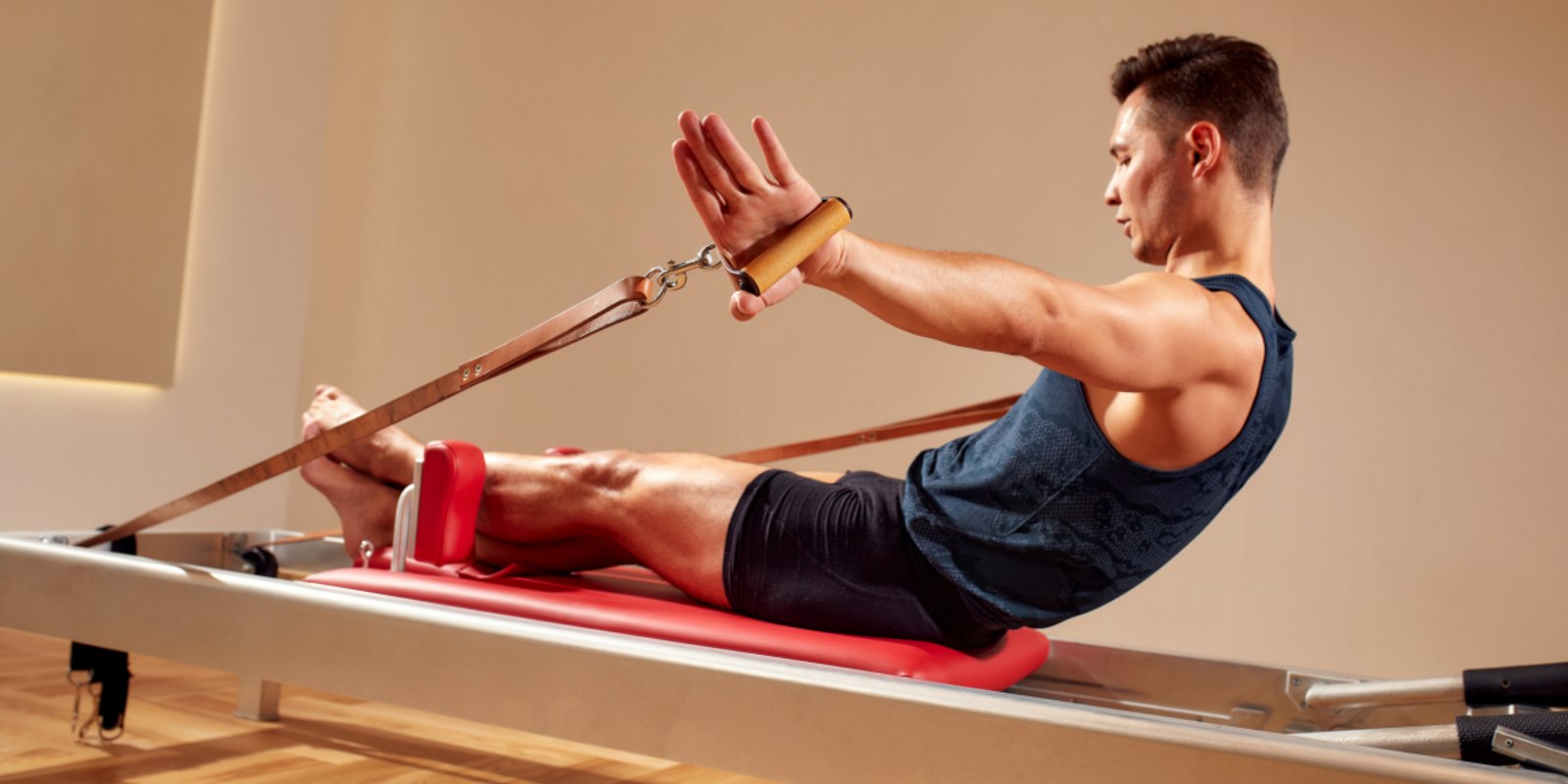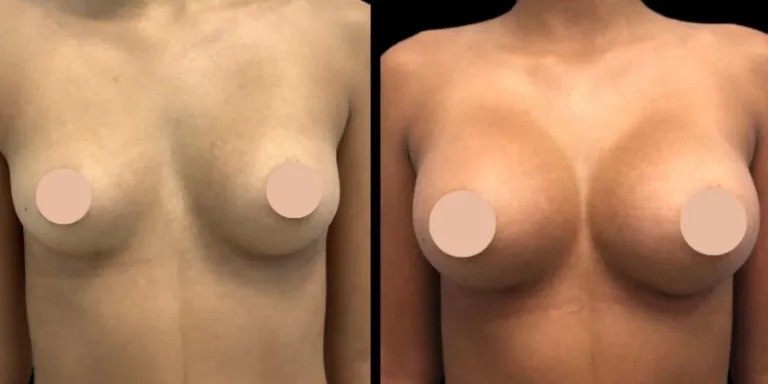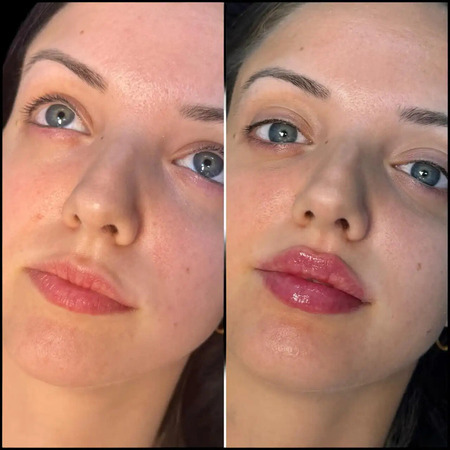Feeling stiff, tired, or stuck in a workout rut? You might be wondering, is Pilates Reformer a good workout? Discover how this low-impact, full-body method can help you build strength, ease pain, and feel more in control of your body—no matter your fitness level.
Whether you’re looking to tone up, recover from an injury, improve your posture, or simply break free from the monotony of traditional workouts, Reformer Pilates can be a game-changer. In this article, we’ll explore what Pilates Reformer is, why it’s gaining traction among fitness enthusiasts and physical therapists alike, its benefits, how to get started, and what to keep in mind when choosing a class or machine. Let’s dive in.
What is Pilates Reformer?
Pilates Reformer is a form of Pilates that uses a specialized machine known as the Reformer. Invented by Joseph Pilates, the Reformer machine includes a sliding carriage, adjustable springs for resistance, pulleys, and straps to guide controlled movements. Unlike mat Pilates, the Reformer adds resistance and support—making it suitable for both beginners and advanced users.
Reformer Pilates focuses on:
- Core strength and stability
- Muscle elongation and flexibility
- Postural alignment
- Mind-body coordination
Because it can be customized for every body type and fitness level, it’s used not just in fitness studios but also in rehabilitation centers and physical therapy clinics.
Benefits of Pilates Reformer Workouts
Pilates Reformer is more than just stretching on a fancy machine. Here’s what makes it an effective and comprehensive workout:
1. Full-Body Strength Without the Bulk
Reformer Pilates targets small stabilizing muscles often missed in weight training. You build long, lean muscle, enhancing strength and mobility simultaneously—without adding bulk.
2. Incredible Core Engagement
Nearly every Reformer movement activates your core. Over time, this leads to a stronger midsection, better balance, and reduced lower back pain.
3. Improved Flexibility and Posture
The controlled resistance allows for greater range of motion, helping muscles lengthen while strengthening. This is key to improving posture, especially for people who sit most of the day.
4. Joint-Friendly Yet Challenging
Reformer Pilates is low-impact, which makes it ideal for people with joint issues, arthritis, or recovering from injuries. Still, it offers enough resistance and variation to challenge even athletes.
5. Mental Focus and Mindfulness
Each session demands presence and control. The focus on breath, alignment, and movement helps reduce stress and increase body awareness.
Who Should Try Pilates Reformer?
Reformer Pilates is suitable for almost anyone:
- Beginners: Easy to modify for low fitness levels
- Athletes: Great for cross-training and core conditioning
- Seniors: Low-impact and safe on joints
- Postnatal women: Helps rebuild core and pelvic floor strength
- Office workers: Ideal for improving posture and relieving back pain
Pro Tip: Always start with a certified instructor if you’re new. They’ll adjust the resistance, ensure proper alignment, and help prevent injury.
How to Choose the Right Pilates Reformer Class or Machine
1. Group Class vs. Private Sessions
- Group Classes are more affordable and social
- Private Sessions offer tailored attention—ideal for beginners or those recovering from injuries
Look for certified instructors with experience in both fitness and rehabilitation.
2. In-Studio vs. At-Home Reformers
At-home reformers are becoming more accessible. Brands like Merrithew, AeroPilates, and Balanced Body offer compact versions for personal use.
Consider these before buying:
- Space available at home
- Your fitness goals
- Budget (high-end Reformers can be an investment)
3. Certifications and Credentials
Make sure your instructor is trained through a recognized Pilates certification program (e.g., STOTT, BASI, Polestar).
Reformer Pilates vs. Traditional Workouts
Let’s compare Pilates Reformer with some other common fitness routines:
| Workout Type | Core Focus | Flexibility | Impact on Joints | Muscle Tone |
|---|---|---|---|---|
| Reformer Pilates | High | High | Low | High |
| Yoga | Moderate | High | Low | Low |
| Weight Training | Low | Low | Moderate-High | High |
| Cardio (e.g. HIIT) | Low | Low | High | Moderate |
Reformer Pilates stands out for its balanced blend of toning, flexibility, and core strengthening—all with minimal joint impact.
FAQs
Q1: Is Pilates Reformer a good workout for weight loss?
It’s not a high-calorie-burning workout like HIIT, but it builds lean muscle and improves metabolism, which can support weight loss when combined with a healthy diet.
Q2: How often should I do Reformer Pilates?
2–3 times a week is ideal for beginners. You’ll start seeing results in posture, tone, and flexibility within 4–6 weeks.
Q3: Is Reformer Pilates good for back pain?
Yes, it’s one of the best low-impact options for strengthening the core and relieving back tension. Many physical therapists recommend it.
Q4: Can men do Pilates Reformer?
Absolutely! Reformer Pilates is not gender-specific. In fact, many professional athletes use it to improve their performance.
Final Thoughts: Is Pilates Reformer a Good Workout?
So, is Pilates Reformer a good workout? Yes—it’s one of the most versatile, low-impact, and effective workouts available today. Whether your goal is strength, flexibility, injury prevention, or simply moving better, Reformer Pilates can get you there.
Its adaptability makes it perfect for any age or fitness level. And with regular practice, you’ll notice improved posture, better core strength, leaner muscles, and a more mindful connection with your body.
If you’re looking for a workout that’s as smart as it is effective—Reformer Pilates is worth every stretch, press, and pull.



